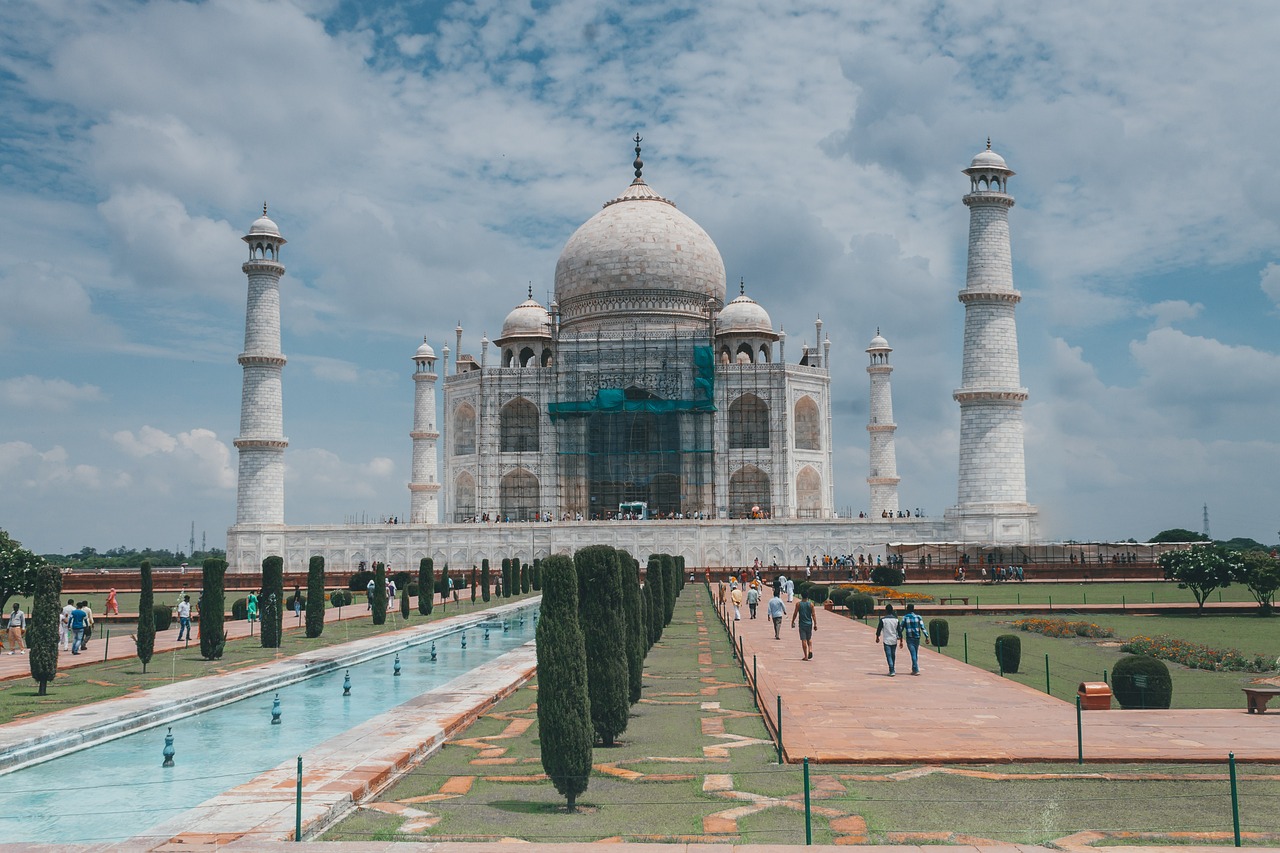
North India is home to some of the most significant and ancient temples, each with its unique history, architecture, and spiritual significance. These temples are not only places of worship but also bearers of fascinating stories and cultural heritage. This comprehensive guide will take you through some of the most notable temples in North India, highlighting their interesting facts and historical significance.
1. Varanasi (Kashi Vishwanath Temple), Uttar Pradesh
Interesting Facts:
- Oldest City: Varanasi, also known as Kashi, is one of the oldest continuously inhabited cities in the world.
- Jyotirlinga Shrine: The Kashi Vishwanath Temple is one of the twelve Jyotirlingas, the holiest of Shiva temples.
- Sacred Ganges: Situated on the banks of the River Ganges, the temple is a major pilgrimage site for Hindus.
- Historical References: The temple has been mentioned in ancient scriptures like the Puranas and Mahabharata.
2. Golden Temple (Harmandir Sahib), Amritsar, Punjab
Interesting Facts:
- Sikh Holiest Shrine: The Golden Temple is the most sacred site in Sikhism.
- Golden Dome: The upper floors of the temple are covered in gold leaf, which gives it its iconic appearance.
- Community Kitchen (Langar): The temple’s langar serves free meals to thousands of visitors every day, irrespective of their religion or background.
- Architectural Marvel: The temple is surrounded by the Amrit Sarovar, a holy water tank, adding to its serene beauty.
3. Kedarnath Temple, Uttarakhand
Interesting Facts:
- Himalayan Abode: Kedarnath is one of the highest and remotest temples dedicated to Lord Shiva, located at an altitude of 3,583 meters.
- Char Dham Yatra: It is part of the Char Dham Yatra, a pilgrimage circuit that also includes Badrinath, Gangotri, and Yamunotri.
- Panch Kedar: Kedarnath is one of the Panch Kedar temples, five holy Shiva temples in the region.
- Reconstructed After Floods: The temple has survived natural disasters, including the devastating floods in 2013, and continues to be a symbol of resilience.
4. Vaishno Devi Temple, Jammu and Kashmir
Interesting Facts:
- Shakti Peetha: Vaishno Devi is one of the 108 Shakti Peethas dedicated to Goddess Shakti.
- Cave Shrine: The temple is located in a cave on the Trikuta Mountains at an altitude of 1,560 meters.
- Pilgrimage: Millions of devotees undertake the 12-kilometer trek from Katra to the shrine every year.
- Miraculous Discovery: The temple’s discovery is linked to a legend involving a devotee named Sridhar and a divine vision of the goddess.
5. Badrinath Temple, Uttarakhand
Interesting Facts:
- Lord Vishnu’s Abode: Badrinath is dedicated to Lord Vishnu and is part of the Char Dham and Chota Char Dham pilgrimage circuits.
- Sacred River Alaknanda: The temple is situated on the banks of the Alaknanda River, adding to its spiritual significance.
- Ancient Origins: The temple’s origins are ancient, with references in the Vedas and Mahabharata.
- Hot Springs: The temple area has natural hot springs, Tapt Kund and Surya Kund, where pilgrims take a holy dip before entering the temple.
6. Lotus Temple, Delhi
Interesting Facts:
- Bahá’í House of Worship: The Lotus Temple is a Bahá’í House of Worship, open to people of all religions.
- Architectural Beauty: Shaped like a lotus flower, the temple has won numerous architectural awards.
- No Idols: The temple does not have any idols, reflecting the Bahá’í faith’s principle of unity and oneness.
- Serene Atmosphere: Surrounded by gardens and nine reflecting pools, the temple offers a peaceful retreat in the bustling city of Delhi.
7. Akshardham Temple, Delhi
Interesting Facts:
- Modern Marvel: Akshardham Temple, completed in 2005, is a modern architectural wonder.
- Intricate Carvings: The temple is adorned with thousands of intricate carvings depicting deities, flora, fauna, and musicians.
- Cultural Exhibitions: The temple complex includes exhibitions, an IMAX theater, musical fountains, and gardens, showcasing Indian culture and spirituality.
- Volunteer Effort: Built with the efforts of thousands of artisans and volunteers, it stands as a testament to devotion and community spirit.
8. Mahabodhi Temple, Bodh Gaya, Bihar
Interesting Facts:
- Buddha’s Enlightenment: The Mahabodhi Temple is the site where Siddhartha Gautama attained enlightenment and became the Buddha.
- UNESCO World Heritage Site: It is a UNESCO World Heritage Site and one of the most important Buddhist pilgrimage centers.
- Ancient Structure: The current structure dates back to the 5th-6th century CE, although the site has been venerated since the Buddha’s time.
- Bodhi Tree: The temple complex includes the descendant of the original Bodhi Tree under which Buddha meditated.
9. Khajuraho Temples, Madhya Pradesh
Interesting Facts:
- UNESCO World Heritage Site: The Khajuraho Group of Monuments is a UNESCO World Heritage Site known for its stunning architecture and erotic sculptures.
- Architectural Brilliance: Built between 950-1050 CE by the Chandela dynasty, the temples are renowned for their intricate carvings and architectural precision.
- Erotic Sculptures: The temples are famous for their erotic sculptures, which represent a small part of the rich artistic legacy, highlighting various aspects of life and spirituality.
- Religious Diversity: The site includes both Hindu and Jain temples, showcasing the religious tolerance of the Chandela rulers.
10. Dwarkadhish Temple, Gujarat
Interesting Facts:
- Lord Krishna’s Kingdom: Dwarkadhish Temple is dedicated to Lord Krishna, who is believed to have established his kingdom in Dwarka.
- Char Dham Pilgrimage: It is one of the Char Dham pilgrimage sites, significant in Hinduism.
- Archaeological Significance: Excavations have revealed ancient structures and artifacts, affirming its historical and cultural importance.
- Five-Story Structure: The temple’s five-story structure is supported by 72 pillars, and its spire rises to a height of 78 meters.
Conclusion
North India’s temples are not just places of worship but also cultural and historical treasures. Each temple has its unique story, architectural beauty, and spiritual significance. Exploring these temples offers a deep insight into India’s rich heritage and diverse religious practices. Whether you are a pilgrim seeking spiritual solace or a traveler interested in history and architecture, these temples provide an enriching and unforgettable experience.


